GPT-Summary of Video
Introduction
🎭 Historical Origins of the Doge
The concept of the Doge originates from the Venetian Republic, where the position served as a ceremonial figurehead for a highly centralized oligarchic system. True power resided in the hands of elite families who controlled councils such as the Senate and smaller groups like the Council of Ten. The Doge was selected to execute decisions and act as a symbolic leader, allowing the elite to maintain control while presenting a façade of republican governance. This model is identified as a template for modern centralized power structures. (00:11:05)
Summary
🧑🚀 Elon Musk as the Modern Doge
Elon Musk is identified as the contemporary embodiment of the Doge. His status as the richest man in the world and his influence in technology and industry make him a key figure in the global oligarchic framework. He is not an independent power broker but a figure chosen by the elite to advance their interests. Musk’s role as the Doge is reinforced through his appearances, such as sitting at the Resolute Desk and his participation in events like the Global Citizens Awards. These actions symbolize his alignment with the overarching goals of centralized authority. (00:12:35; 00:19:01)
🏛️ Symbols of Control: The Phrygian Cap and Red Hats
Symbols like the Phrygian Cap 🔈 and the Doge’s hat are highlighted as tools of oligarchic control. The Phrygian Cap, often associated with liberty, is redefined within this framework as a symbol of constrained freedom granted by elites. These symbols appear in national seals of countries such as Argentina, El Salvador, and Cuba, as well as in U.S. institutions like the Army and the Senate. This continuity of imagery underscores the enduring influence of the oligarchy. (00:14:53; 00:16:02)
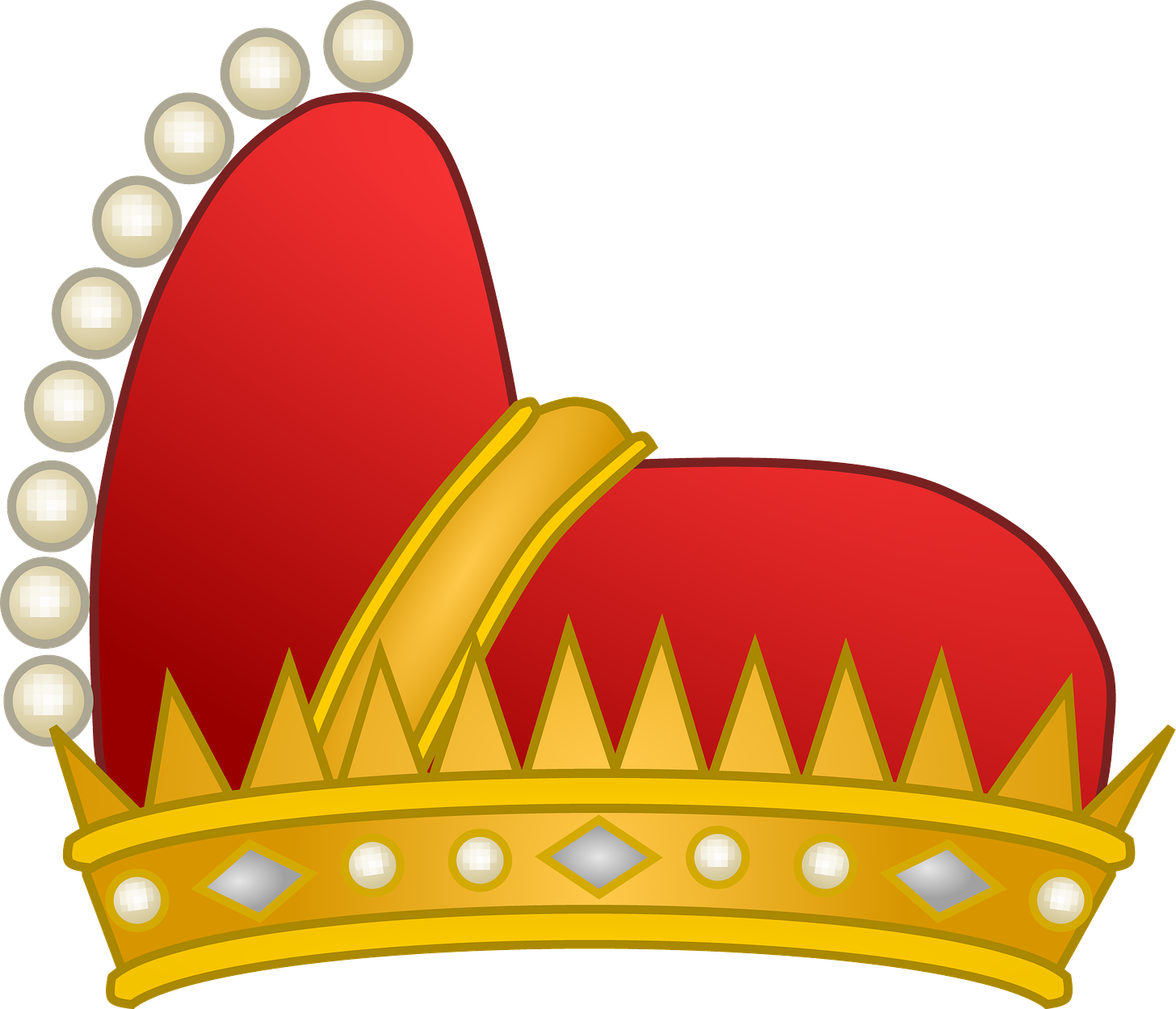
Thanks to my readers' generosity, all my articles are free to access. Independent journalism, however, requires time and investment. If you found value in this article or any others, please consider sharing or even becoming a paid subscriber, who benefits by joining the conversation in the comments. I want you to know that your support is always gratefully received and will never be forgotten. Please buy me a coffee or as many as you wish.
⚖️ Liberty vs. Freedom
The oligarchic interpretation of liberty differs fundamentally from the concept of absolute freedom. Liberty is described as freedom within limits, granted and controlled by the ruling elite. This definition serves to maintain the appearance of autonomy while ensuring that ultimate authority remains unchallenged. (00:15:00)
📖 Historical Parallels: The Bankers’ Plot and the DOGE
The 1933 Bankers’ Plot, a conspiracy to overthrow President Roosevelt, involved plans to create a Secretary of General Affairs, a cabinet position intended to centralize power. This historical event mirrors the modern proposal of the Department of Government Efficiency (DOGE), which aims to streamline governance while concentrating authority under elite control. Both efforts reflect a continuous strategy of diminishing democratic oversight in favor of oligarchic dominance. (00:24:02; 00:26:33)
🌍 Generational Wealth and Oligarchic Continuity
Generational wealth is identified as a cornerstone of oligarchic power. Analysis from The Power Elite reveals that the richest families in the United States have maintained their dominance for centuries. Figures like John D. Rockefeller and Andrew Carnegie exemplify how capital transitions from industry to finance and philanthropy, ensuring control remains within elite circles. (01:00:03; 00:55:54)
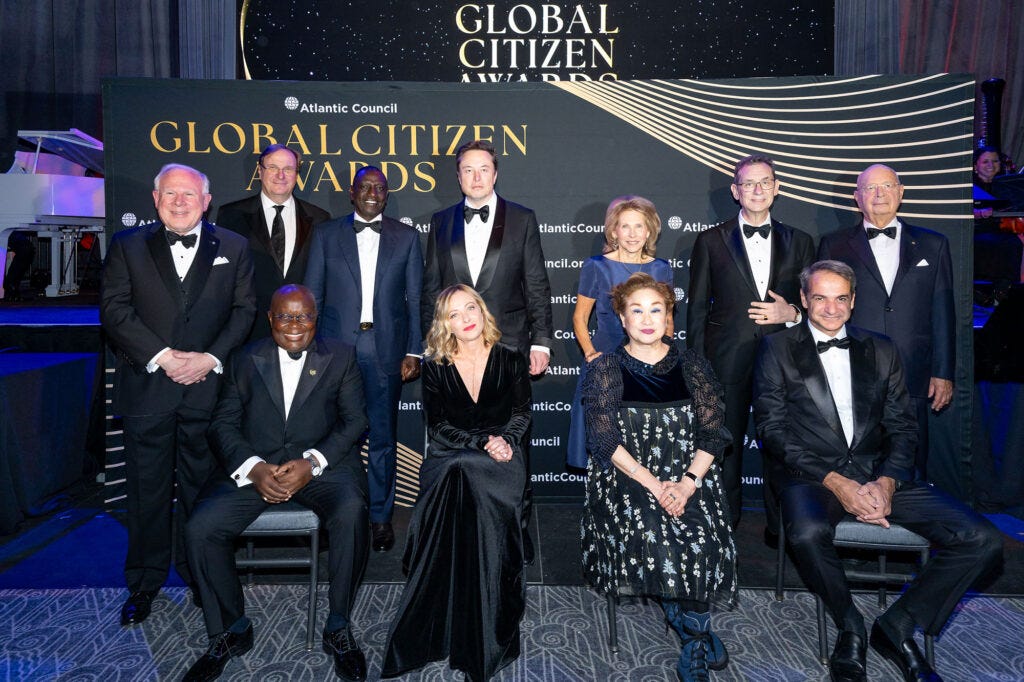
🛡️ Modern Governance and Technocracy
Technocracy is described as the ultimate goal of the oligarchy, leveraging technology to enforce scientific control over human activity. This governance model transcends ideological divides, such as capitalism and communism, and represents a systematic approach to totalitarian regulation. It aligns with the elite’s long-term strategy to maintain dominance through technological means. (00:55:02)
🎙️ The Palmerston Zoo Framework
The Palmerston Zoo podcast series provides a historical lens for understanding the evolution of oligarchic governance. It traces the trajectory from Venice to modern systems, illustrating the continuity of centralized power structures. The series situates figures like Elon Musk within this broader historical context, presenting him as a contemporary Doge. (00:04:39)
📅 Events and Influence of the Global Elite
Elon Musk’s participation in events like the Global Citizens Awards alongside Klaus Schwab and Albert Bourla reflects the interconnectedness of modern oligarchic representatives. Such gatherings exemplify the coordination and shared agendas of global elites. (00:19:01)
🛠️ The Role of Symbols and Structures in Modern Governance
The consistent use of symbols like the Doge hat and the Phrygian Cap across various nations and institutions highlights the pervasive influence of oligarchic power. These symbols serve to reinforce the authority of the elite while masking their control behind the language of liberty and democracy. (00:16:53; 00:14:53)
FAQ
Q: What is the Doge, and what does it represent?
The Doge is the ceremonial figurehead of an oligarchic system where true power is concentrated among a select group of elites. Historically, this role existed in Venice, where the Doge executed decisions made by the oligarchy. In the modern context, the Doge symbolizes a frontman for centralized power, with Elon Musk exemplified as the current Doge due to his wealth and influence. (00:07:51)
Q: How does Elon Musk embody the role of the Doge?
Elon Musk serves as a figurehead chosen by the global elite to represent their interests. His status as the richest man in the world and his involvement in various industries highlight his position as a symbolic leader rather than an independent power broker. He operates under the directives of those who anointed him. (00:12:35)
Q: What is the Department of Government Efficiency (DOGE)?
The Department of Government Efficiency is presented as a modern construct aimed at centralizing and streamlining governmental power. It parallels historical efforts such as the proposed Secretary of General Affairs during the 1933 Bankers’ Plot, where similar strategies were used to bypass democratic processes and establish authoritarian control. (00:26:33)
Q: What historical precedent supports the Doge’s concept?
The Venetian Republic provides the model for the Doge’s role. Power was concentrated among a few elite families, with the Doge serving as a symbolic executor of their decisions. This structure is mirrored today, with modern figureheads acting on behalf of the oligarchy. (00:11:05)
Q: How is liberty defined under the Doge system?
Liberty is defined as constrained freedom granted by those in power. It is not equivalent to absolute freedom but rather the ability to act within limits set by the oligarchs. This concept contrasts sharply with the perception of unrestricted individual rights. (00:15:00)
Q: How does the Phrygian Cap relate to the Doge and global symbolism?
The Phrygian Cap, historically a symbol of liberty, is frequently used in revolutionary and governmental imagery. It represents controlled freedom under oligarchic rule, signifying the limits placed on societies by elite powers. This cap appears in seals and symbols across nations, including Argentina, El Salvador, Cuba, and the United States. (00:14:53)
Q: What parallels exist between the Bankers’ Plot and modern efforts like the DOGE?
The 1933 Bankers’ Plot aimed to create a new cabinet role, the Secretary of General Affairs, to centralize power and diminish presidential authority. This historical attempt aligns with contemporary structures like the Department of Government Efficiency, where similar consolidation of authority is pursued. (00:26:27)
Q: How do oligarchies maintain their control?
Oligarchies sustain power through generational wealth, secrecy, and strategic placement of figureheads like the Doge. They manipulate political, economic, and social systems to ensure their continued dominance while fostering the illusion of democracy and individual freedom. (00:12:49)
Q: What role does technocracy play in this structure?
Technocracy represents the ultimate goal of oligarchic governance, where technology is used to enforce a scientifically controlled dictatorship. This system transcends ideological conflicts, such as capitalism versus communism, and ensures total control over human activities through technological means. (00:55:02)
Q: How does this connect to broader historical patterns?
The Doge framework and symbols like the Phrygian Cap trace back to centuries-old strategies of oligarchic control. These patterns reveal a continuity of governance methods designed to consolidate power while masking true intentions through the language of liberty and democracy. (00:47:42)
People
Elon Musk is identified as the modern Doge, a ceremonial figurehead representing the global oligarchy. His status as the wealthiest individual in the world and his connections to various industries exemplify his role as a symbol of centralized power. He is described as being chosen and maintained by the elite for as long as he can fulfill their expectations. (00:12:35)
Donald Trump is portrayed as someone who aligns with Elon Musk’s objectives under the oligarchic framework. His actions and selections for his administration are described as being influenced by the overarching directives of the Doge and the elite. (00:48:27)
Smedley Butler is referenced in the context of the 1933 Bankers’ Plot, where he was approached to lead a coup against President Roosevelt. Butler played along with the conspirators to gather evidence and exposed the plan, effectively dismantling it. His role is pivotal in understanding the historical parallels to the modern Department of Government Efficiency. (00:24:02)
Edward M. House is mentioned as the author of Philip Dru: Administrator and a key figure in influencing governance structures. His work is used to draw comparisons to contemporary attempts to centralize power through figures like Elon Musk or positions akin to the Secretary of General Affairs. (00:35:44)
Klaus Schwab is highlighted as an influential figure in global governance, sharing the stage with Elon Musk and others during the Global Citizens Awards event. His presence underscores the interconnectedness of prominent oligarchic representatives. (00:19:10)
Vivek Ramaswamy is shown alongside Elon Musk in various representations, demonstrating his alignment with the themes of centralized control and modern oligarchy. His participation is depicted as part of the broader strategy orchestrated by the elites. (00:06:39)
Nicholas Berggruen is cited as an example of contemporary oligarchic influence. His connections to global think tanks and elite policymaking bodies position him as a key figure within the overarching power structures discussed in the video.
John D. Rockefeller is cited as an example of how oligarchs consolidate wealth and power over generations. His transition from oil magnate to influential financier through the Rockefeller Foundation illustrates the long-standing mechanisms of oligarchic control. (00:55:54)
Andrew Carnegie is presented as another historical figure symbolizing the effects of capitalism and its ties to oligarchic control. His legacy contributes to the critique of wealth concentration under this system. (00:55:02)
Douglas MacArthur is mentioned in the context of the Bankers’ Plot and his interactions with veterans during demonstrations. His historical role provides insight into how military figures have been leveraged or rejected in oligarchic schemes. (00:23:33)
C. Wright Mills is referenced for his analysis of generational wealth in The Power Elite. His findings are used to highlight how the richest families maintain control across centuries, reinforcing the continuity of the oligarchic system. (01:00:03)
Organizations
The Venetian Republic serves as the historical model for oligarchic governance, with its structured hierarchy of power concentrated among a small elite. The Doge functioned as the symbolic figurehead within this system, executing the decisions of the oligarchy while maintaining an appearance of republican governance. (00:11:05)
The United States Army is identified as utilizing symbolism connected to oligarchic structures, including the red cap of the Phrygian tradition in its official seal. This connection underscores the pervasive influence of oligarchic imagery in modern institutions. (00:16:53)
The United States Senate incorporates crossed fasces in its official seal, a symbol historically associated with fascism and centralized power. This emblem ties the Senate to themes of oligarchic control and governance. (00:17:02)
The Rockefeller Foundation exemplifies how wealth and influence are preserved and expanded by oligarchic families. Created by John D. Rockefeller, it allowed the transition of capital from industries like oil into financial and philanthropic dominance, ensuring long-term control over global agendas. (00:55:54)
The Schiller Institute is mentioned in relation to the Palmerston Zoo podcast, which explores historical patterns of oligarchic control. The Institute’s presentation provides context for understanding the continuities in global governance from Venice to modern systems. (00:04:16)
The Atlantic Council is highlighted as a forum where global elites convene to advance centralized governance agendas. Klaus Schwab, Elon Musk, and Albert Bourla’s presence at events like the Global Citizens Awards illustrates its role in shaping modern oligarchic policies. (00:19:01)
The Department of Government Efficiency (DOGE) is a proposed entity reflecting the centralization of power akin to historical efforts like the Secretary of General Affairs in the 1933 Bankers’ Plot. It is seen as a mechanism to consolidate control under the guise of streamlining governance. (00:26:33)
The LaRouche Movement is alluded to through references to the Schiller Institute and the Palmerston Zoo series, emphasizing its critique of oligarchic systems and historical structures of power originating in Venice. (00:04:20)
The American Legion is presented as an example of an organization potentially manipulated by oligarchic strategies, particularly in the context of the 1933 Bankers’ Plot. It illustrates how groups can be mobilized for elite agendas under the guise of patriotism. (00:22:30)
Locations
Venice, Italy is the historical epicenter of the Doge system, representing a long-standing model of oligarchic governance. The Doge’s Palace in Venice serves as a symbol of this structure, where the ceremonial leader executed the decisions of the elite while maintaining a façade of public representation. (00:07:26)
The White House is referenced as a modern stage where symbolic power and influence are exercised. Images of Elon Musk at the Resolute Desk emphasize the parallels between contemporary figures and the historical Doge, symbolizing centralized authority within a structured hierarchy. (00:07:56)
Argentina is cited for its national seal featuring the Phrygian Cap, a recurring symbol associated with liberty under oligarchic control. This representation ties the country to global patterns of governance influenced by elite power structures. (00:15:32)
El Salvador is also highlighted for using the Phrygian Cap in its national imagery. This connection reinforces the global presence of symbols historically linked to oligarchic rule and controlled notions of liberty. (00:16:02)
Cuba retains the red cap within its national seal, further demonstrating the enduring influence of oligarchic symbolism across various nations. This inclusion underscores the cap’s association with controlled freedom under elite dominance. (00:16:10)
The United States Capitol is indirectly referenced through the presence of fasces symbols behind the speaker’s podium in the House of Representatives. These symbols, tied to fascist ideology, reflect the integration of oligarchic imagery within American governmental structures. (00:17:21)
Babylon is mentioned as part of the historical lineage of oligarchic control preceding Venice. It serves as a broader context for understanding the long-term evolution of centralized governance systems. (00:47:13)
The Global Citizens Awards is identified as a venue where key oligarchic figures, including Elon Musk, Klaus Schwab, and Albert Bourla, convene. This location symbolizes the interconnected nature of global elites shaping contemporary governance. (00:19:01)
Timeline
500 Years Ago – The Venetian Republic establishes a model for oligarchic governance. Power is concentrated among elite families, with the Doge serving as a ceremonial figurehead who executes decisions made by the oligarchy. This system creates a template for modern centralized power structures. (00:07:26)
1933 – The Bankers’ Plot seeks to overthrow President Roosevelt by creating a new executive position, the Secretary of General Affairs. This role is designed to centralize power and bypass democratic processes. Smedley Butler, a highly decorated Marine, exposes the plot, preventing its success. (00:24:02)
Mid-20th Century – C. Wright Mills publishes The Power Elite, analyzing how wealth and influence are maintained across generations. He demonstrates that 90% of the wealthiest families in the United States in 1950 were among the wealthiest families a century earlier, reinforcing the concept of enduring oligarchic power. (01:00:03)
1990s – The Schiller Institute’s presentation connects historical patterns of Venetian oligarchic governance to modern systems. This analysis provides a foundation for understanding how global elites operate under a centralized framework while using symbolic figureheads like the Doge. (00:04:16)
October 3, 2022 – Elon Musk appears at the Global Citizens Awards alongside Klaus Schwab and Albert Bourla. This event highlights Musk’s position within the global oligarchic framework, demonstrating his alignment with elite governance agendas. (00:19:01)
Modern Era – The Department of Government Efficiency (DOGE) is proposed as a means to centralize and streamline government power. This initiative mirrors the goals of the Bankers’ Plot by reducing democratic oversight and consolidating authority under elite control. (00:26:33)
Today – Symbols like the Phrygian Cap and the Doge hat continue to appear in national seals and institutions, including Argentina, El Salvador, Cuba, and the United States. These symbols represent controlled liberty under oligarchic influence, reflecting the enduring legacy of centralized power. (00:15:32)
Ongoing – The Palmerston Zoo podcast series analyzes the historical trajectory of oligarchic systems from Venice to modern governance. It illustrates how contemporary figures like Elon Musk function within these structures as modern Doges. (00:04:39)
Bibliography
Philip Dru: Administrator, Edward M. House – This book serves as a fictional exploration of centralized power through the protagonist’s rise to control the government as a benevolent dictator. It parallels modern efforts to consolidate authority, such as the Department of Government Efficiency. (00:35:44)
The Power Elite, C. Wright Mills – This analysis documents the enduring control of wealth and influence by elite families over generations, providing evidence of the continuity of oligarchic systems in the United States and beyond. (01:00:03)
Gangsters of Capitalism, Author Unspecified – This book offers insight into the Bankers’ Plot of 1933, including the proposal for a Secretary of General Affairs to centralize power and its eventual exposure by Smedley Butler. (00:25:56)
Glossary
Doge – The ceremonial figurehead of an oligarchic system, originating in Venice, where real power is held by an elite group. In the modern context, the Doge represents a symbolic leader chosen by global elites to execute their agendas. (00:07:51)
Phrygian Cap – A symbol historically associated with liberty but redefined within oligarchic systems as representing controlled freedom granted by the ruling elite. This cap appears in seals and emblems of various nations, signifying oligarchic influence. (00:14:53)
Department of Government Efficiency (DOGE) – A proposed entity aimed at centralizing power under the guise of improving governmental functionality. It mirrors historical attempts like the Secretary of General Affairs in the 1933 Bankers’ Plot. (00:26:33)
Bankers’ Plot – A 1933 conspiracy to overthrow President Roosevelt by establishing a Secretary of General Affairs to centralize authority and diminish democratic governance. The plot was exposed by Smedley Butler, preventing its success. (00:24:02)
Oligarchy – A system of governance where power is concentrated among a small, elite group. This structure operates globally through generational wealth and symbolic leadership, exemplified by figures like the Doge. (00:11:11)
Venetian Republic – A historical example of oligarchic governance, where a Senate and smaller councils concentrated power, while the Doge acted as the ceremonial head. This model influences modern centralized power systems. (00:11:05)
Liberty – Defined within the oligarchic framework as freedom within limits imposed by the ruling elite, contrasting with the idea of absolute freedom. It is represented by symbols such as the Phrygian Cap. (00:15:00)
Technocracy – A system of governance where control is exerted through technological and scientific means, aiming for total regulation of human activity under elite authority. It transcends traditional ideological conflicts. (00:55:02)
Palmerston Zoo – A conceptual framework explored in a podcast series that examines the historical evolution of oligarchic governance from Venice to the modern era. (00:04:39)
Secretary of General Affairs – A proposed cabinet position in the Bankers’ Plot, designed to centralize authority and diminish the power of elected officials. It serves as a historical parallel to the Department of Government Efficiency. (00:26:27)





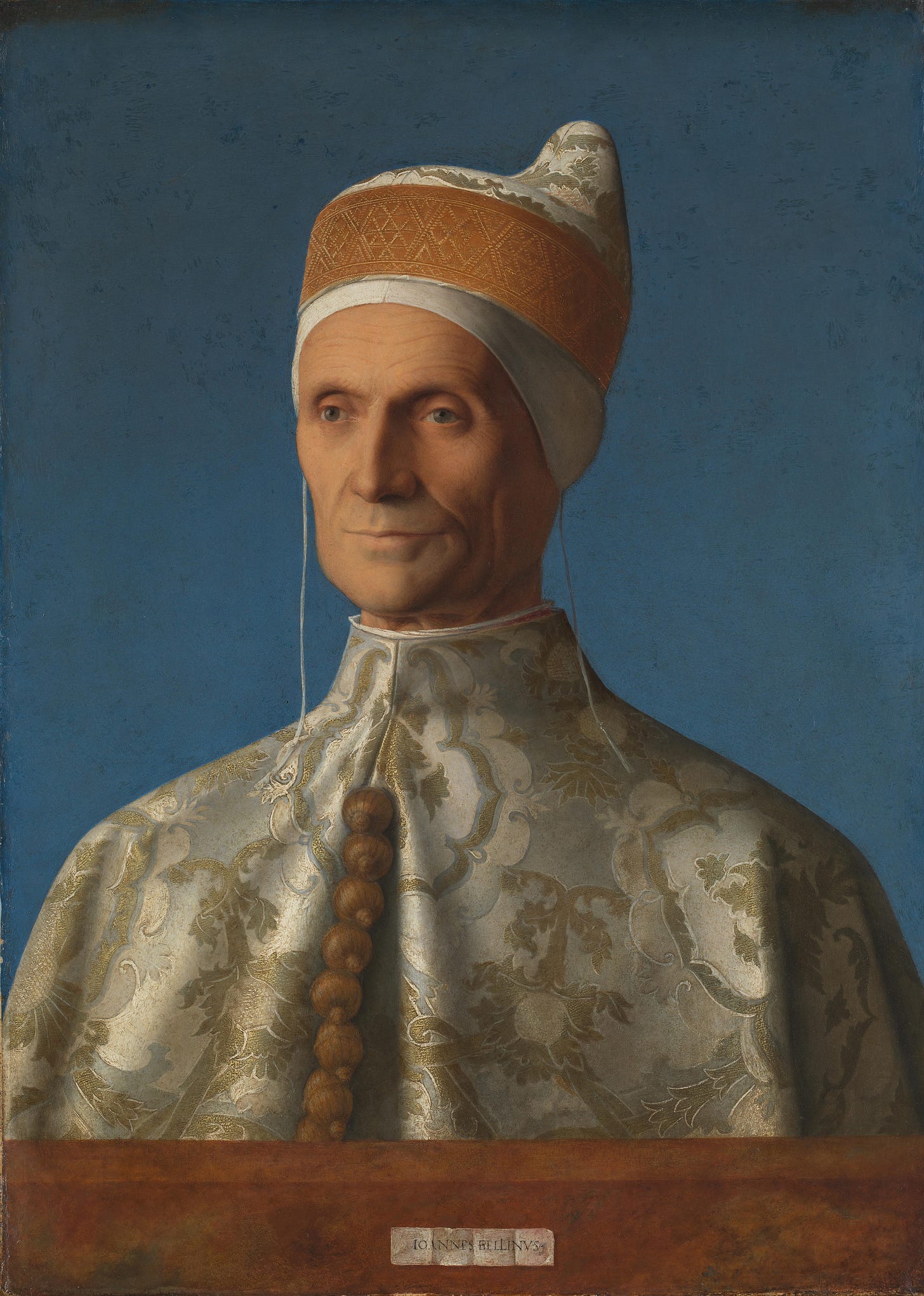
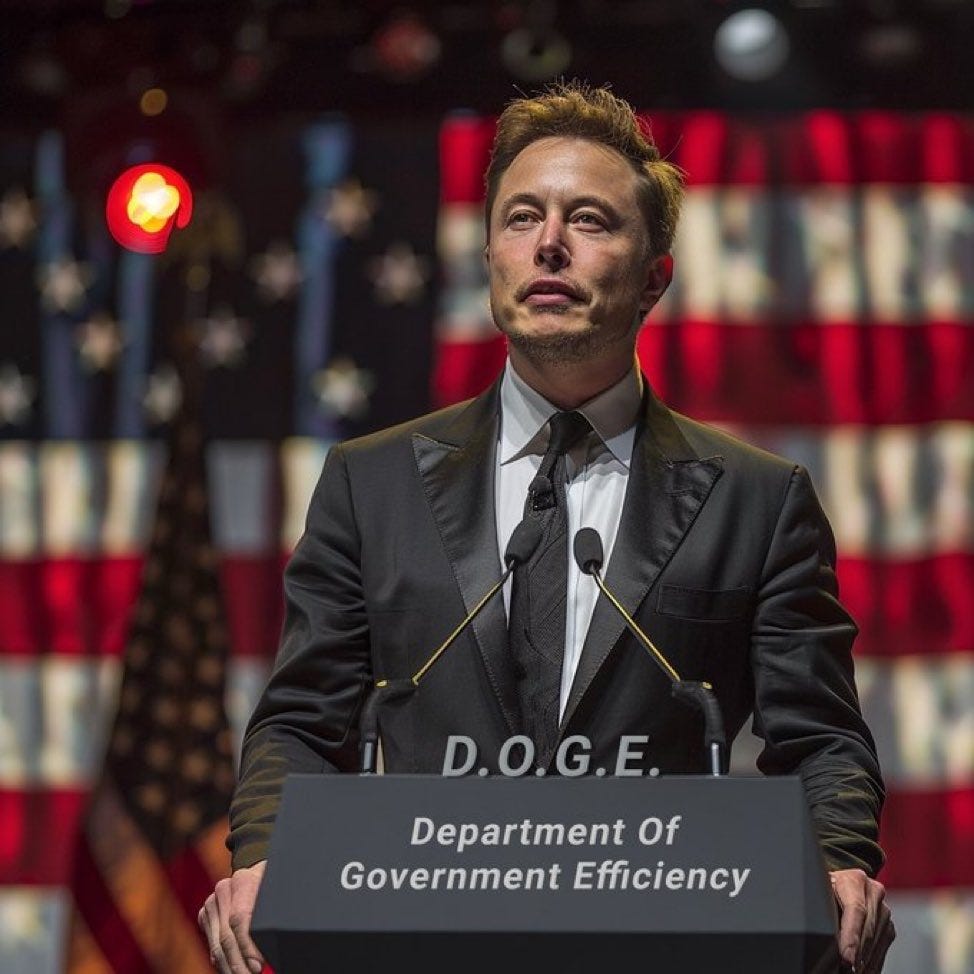


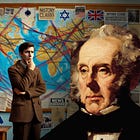
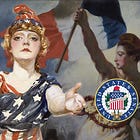

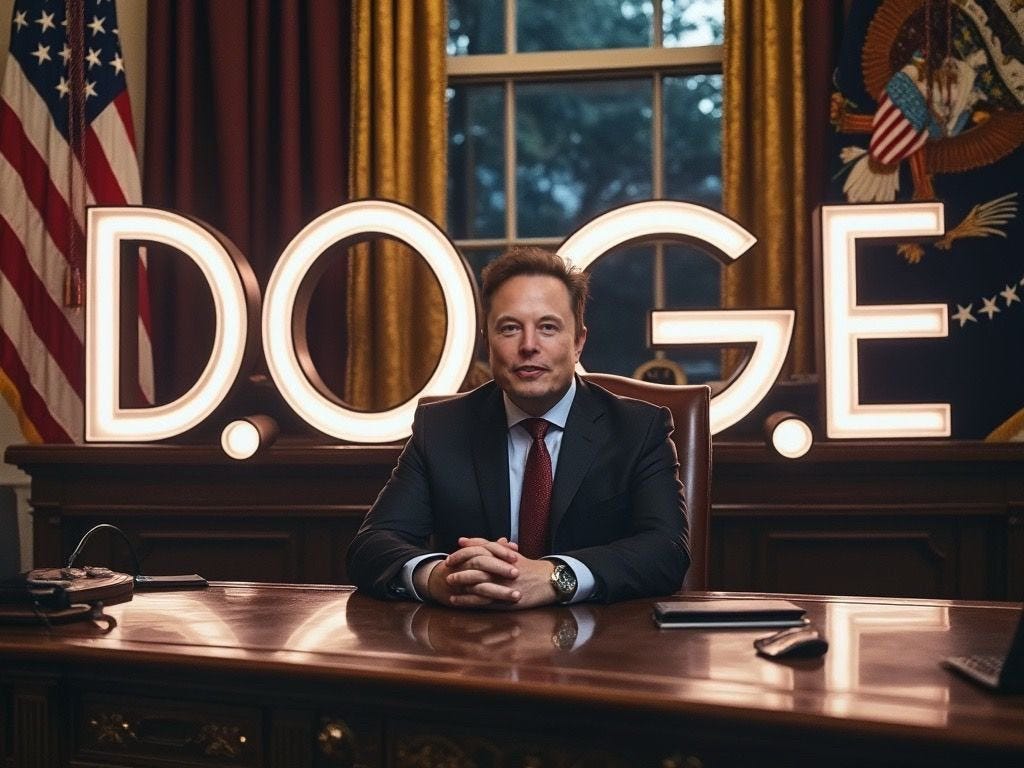
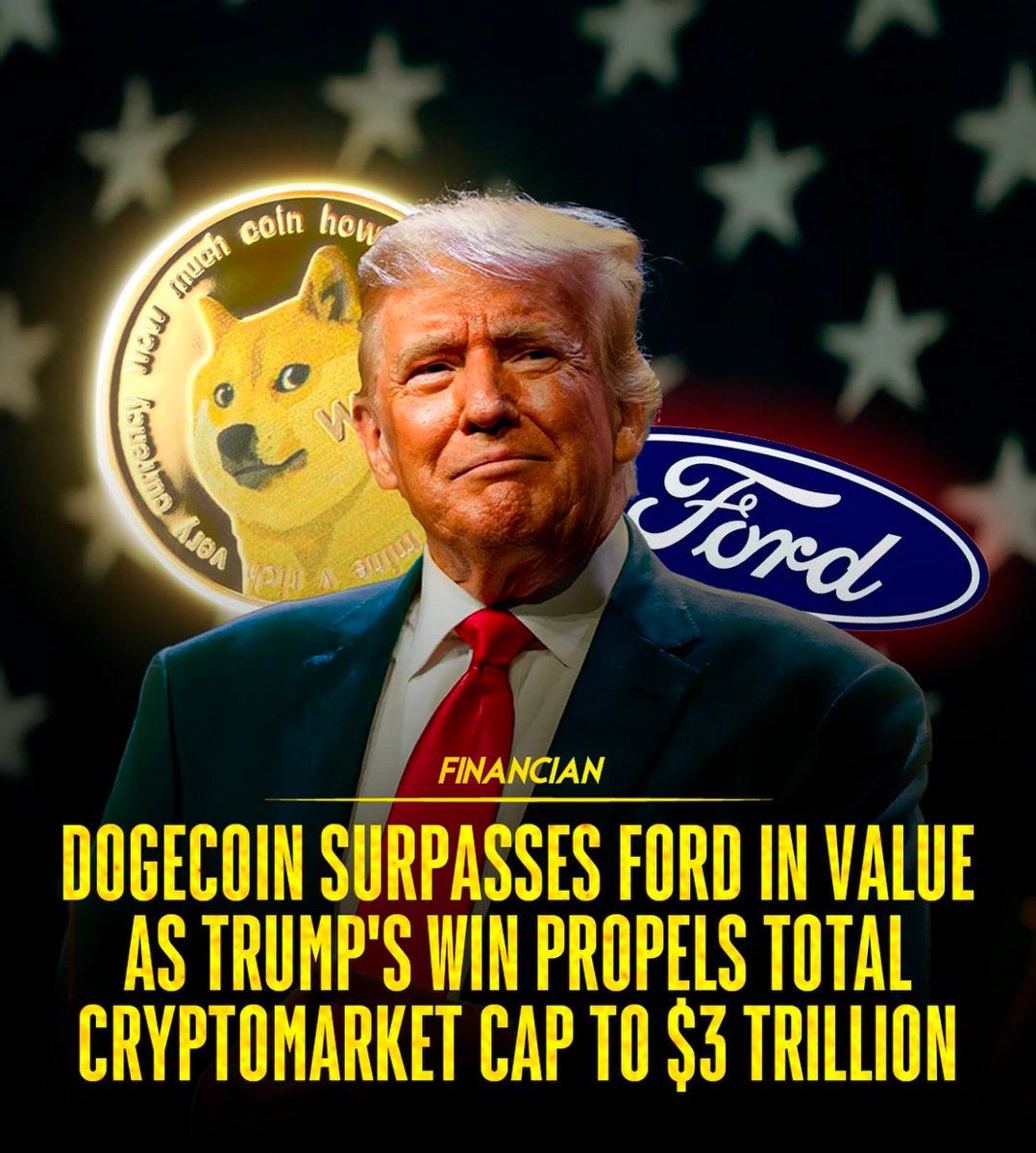
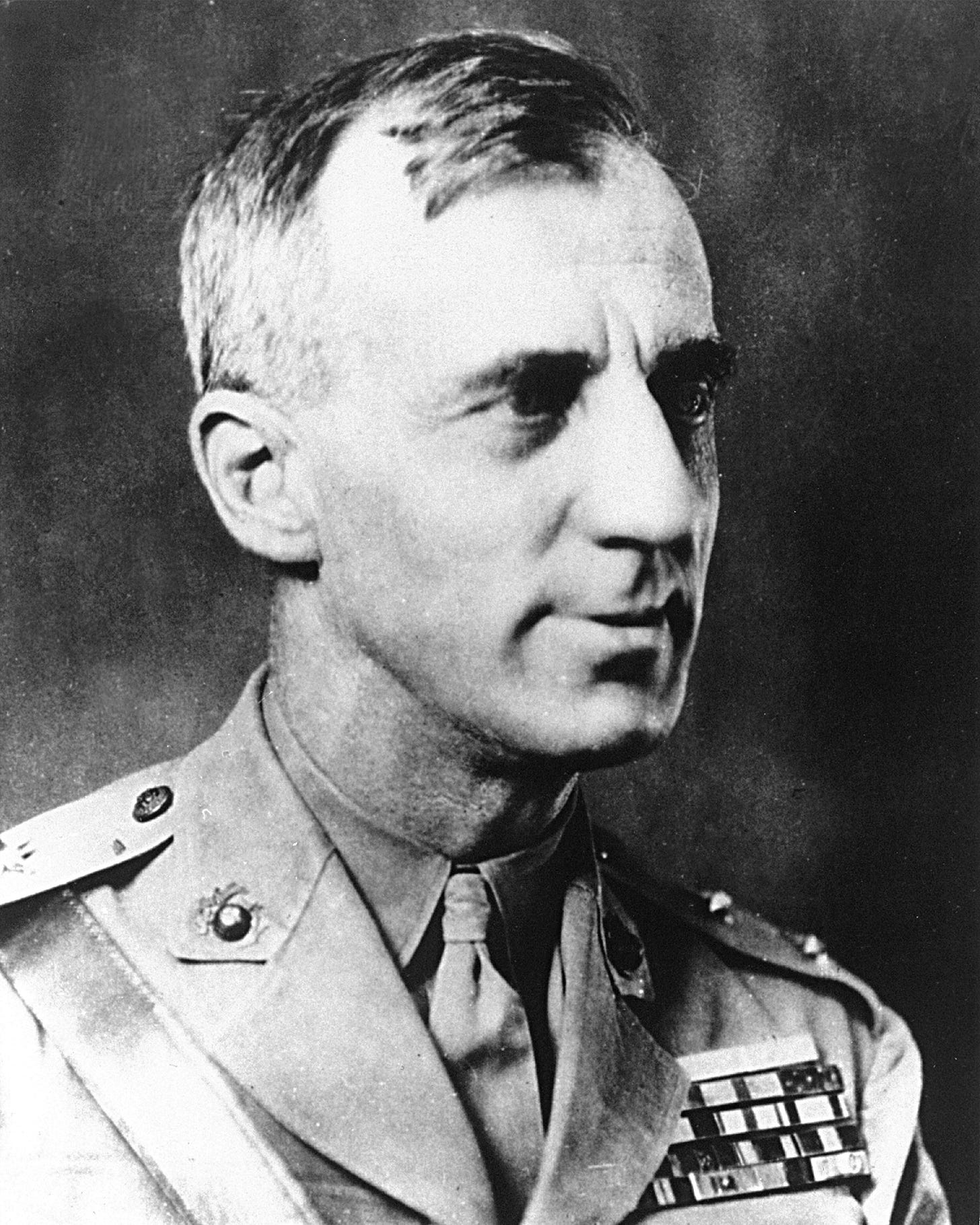
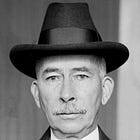
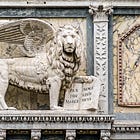
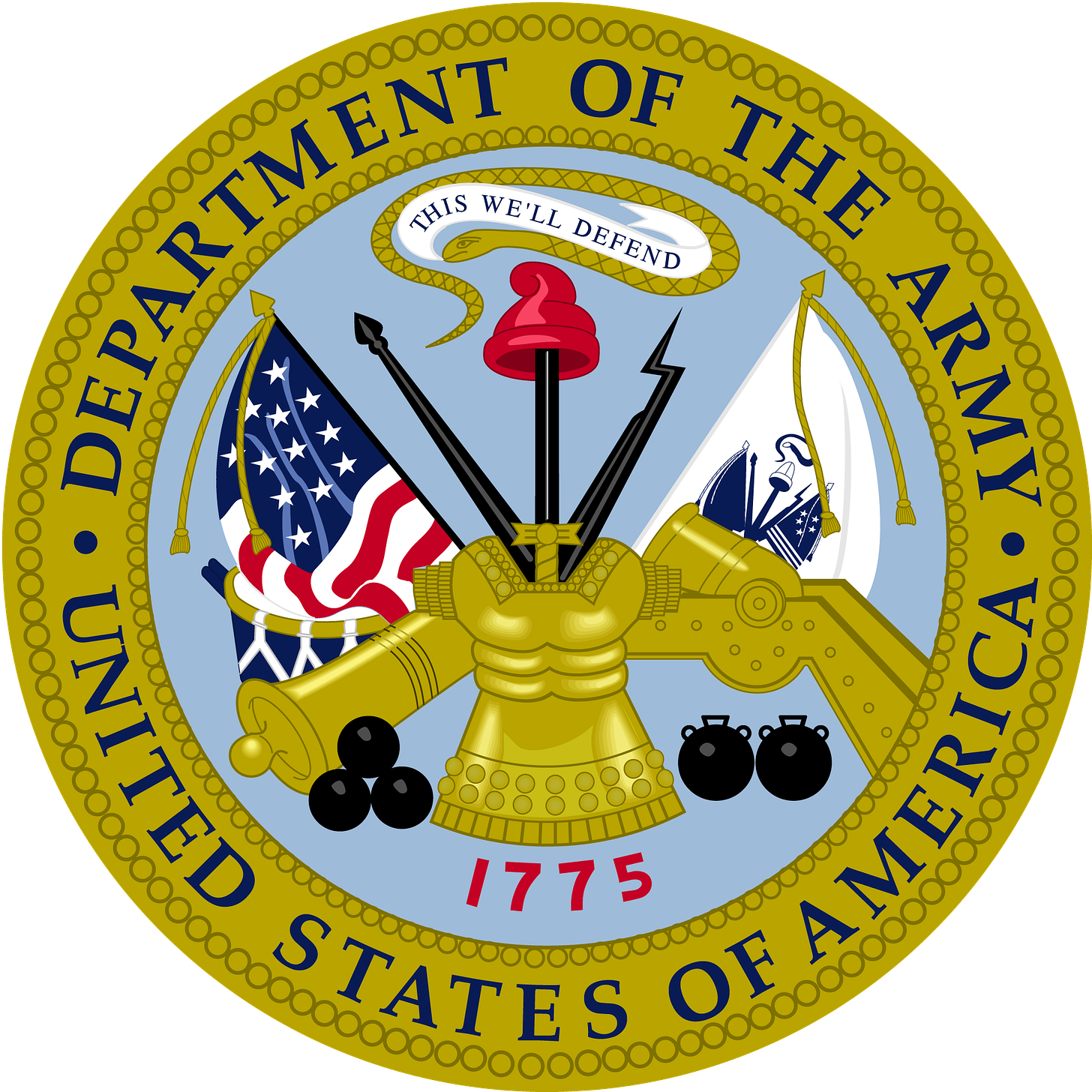
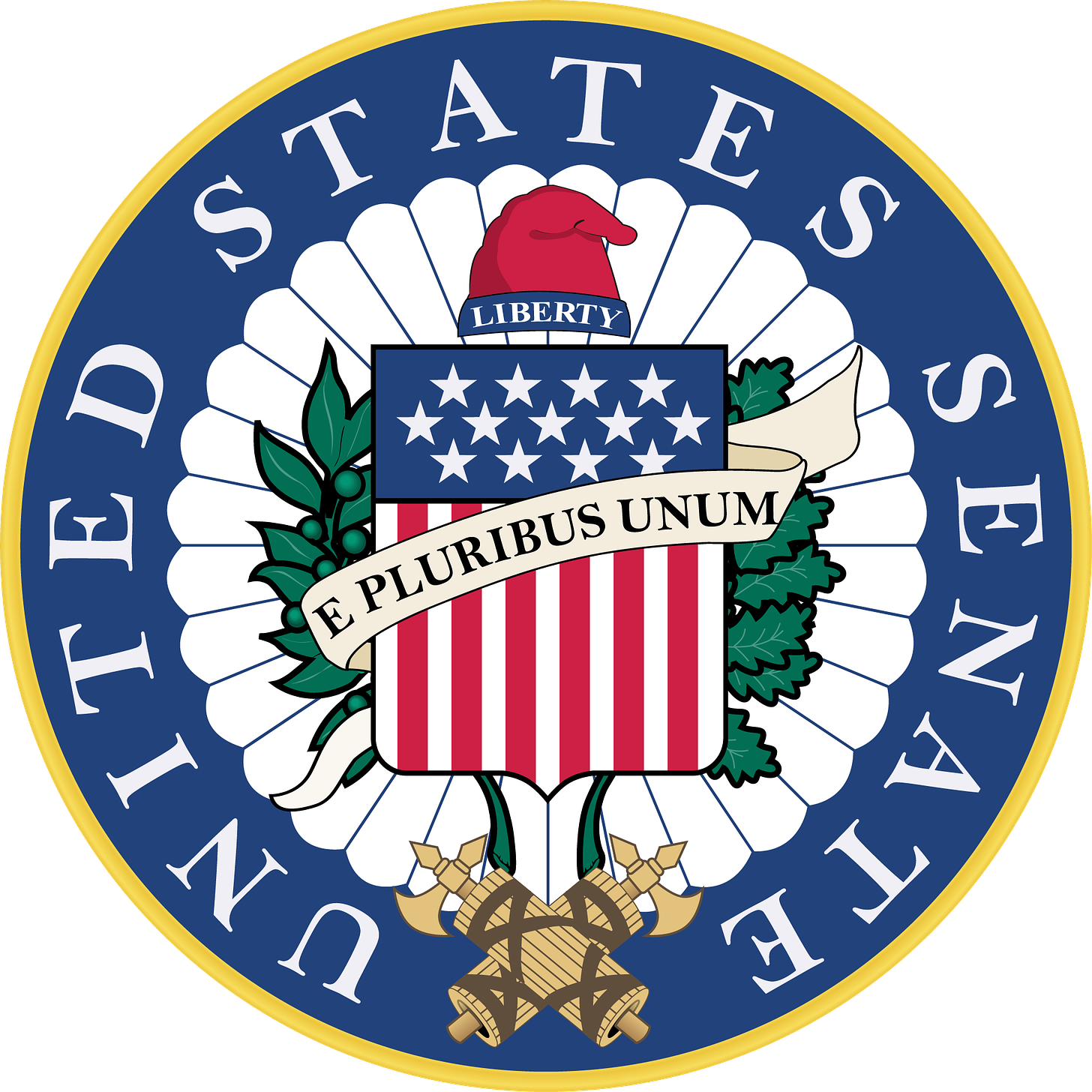

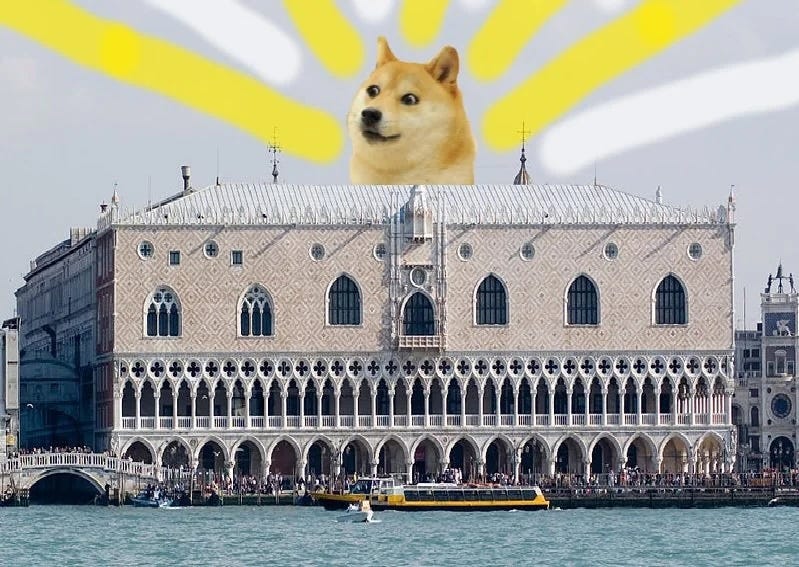
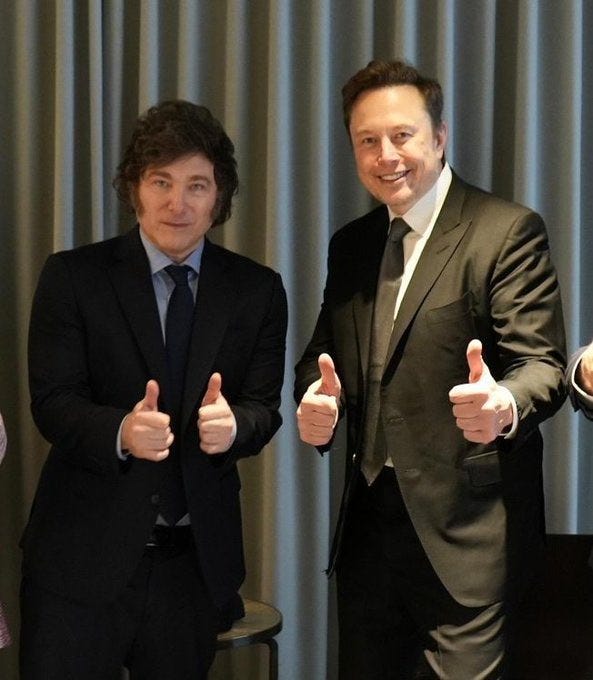
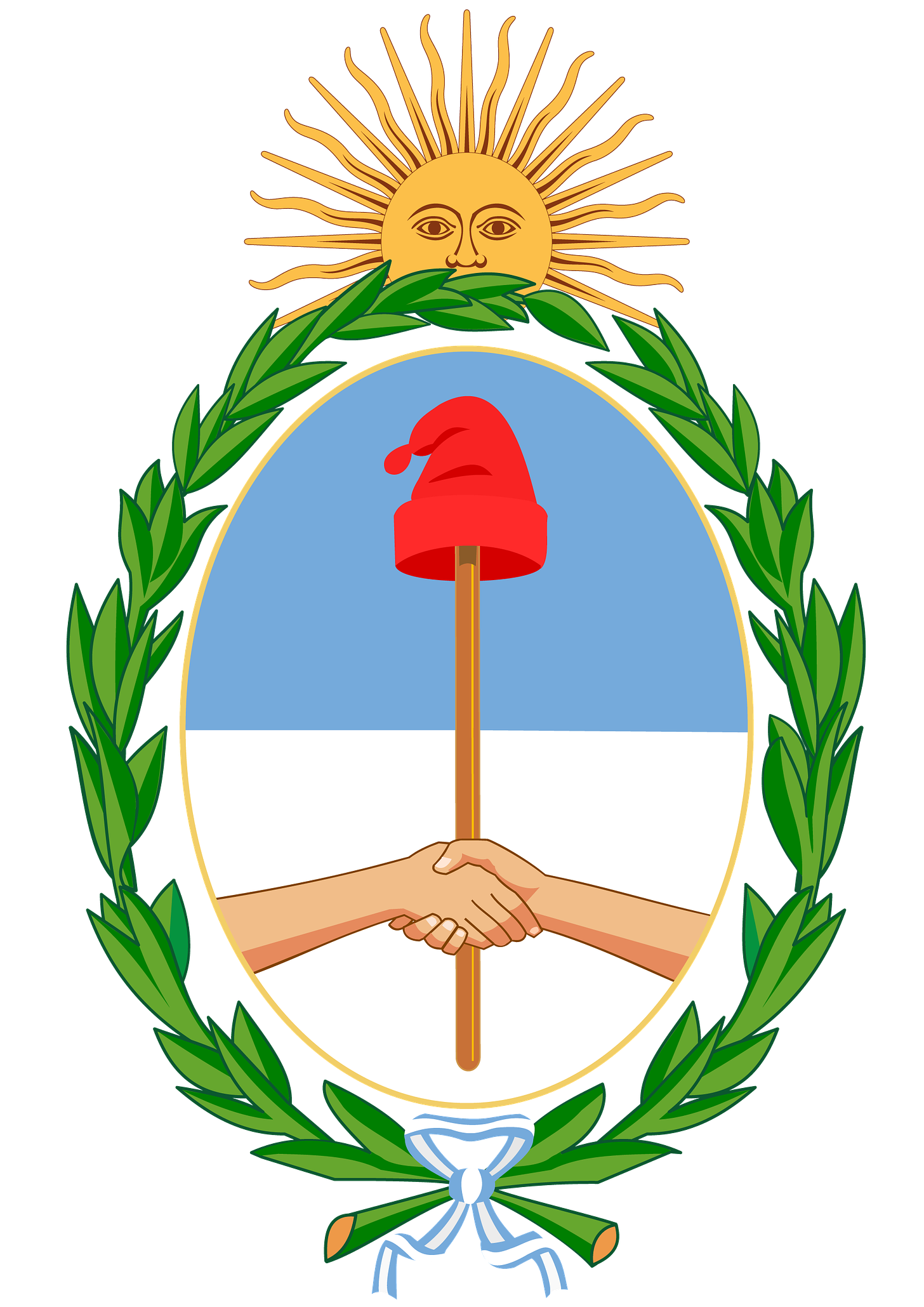
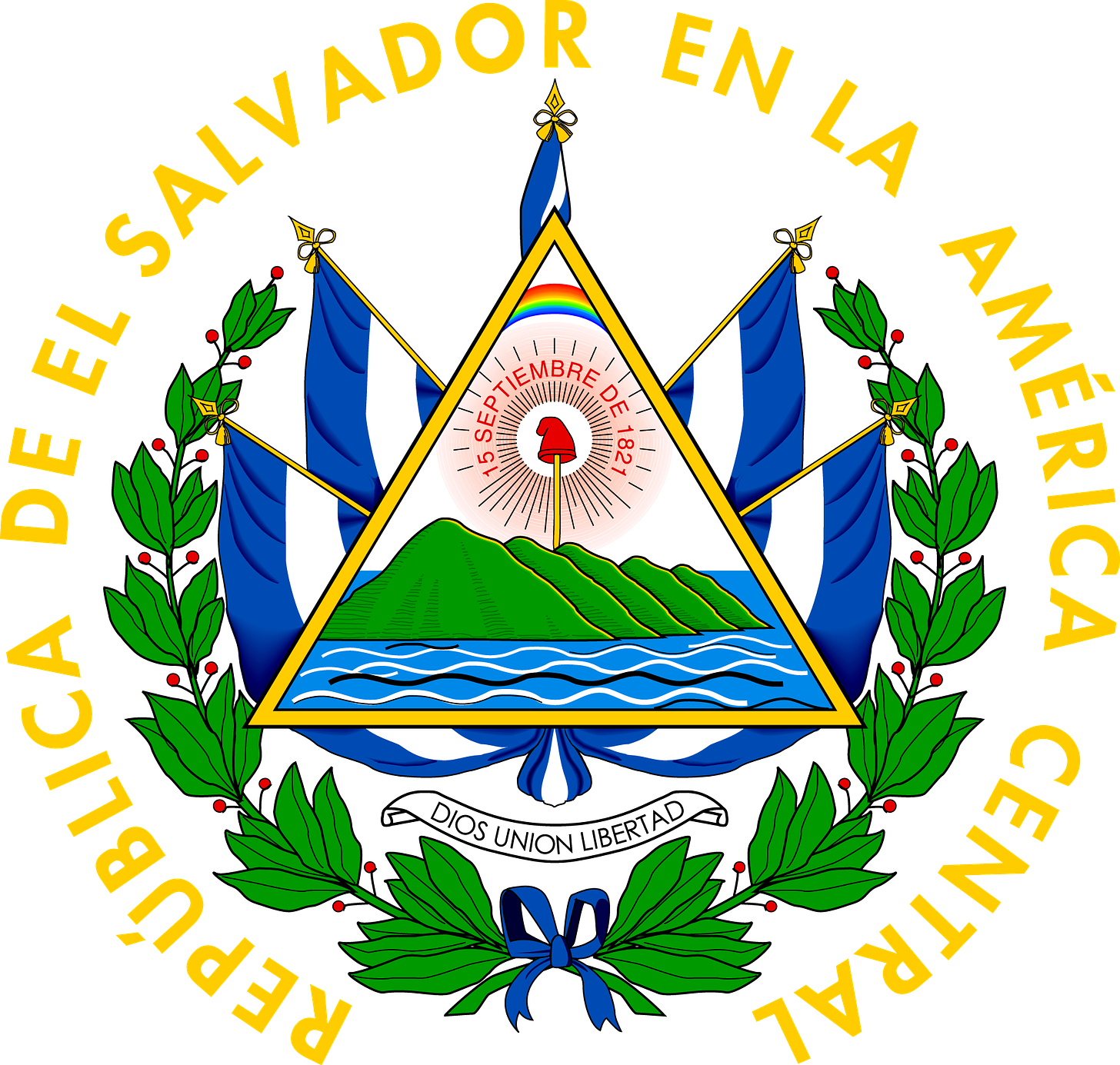
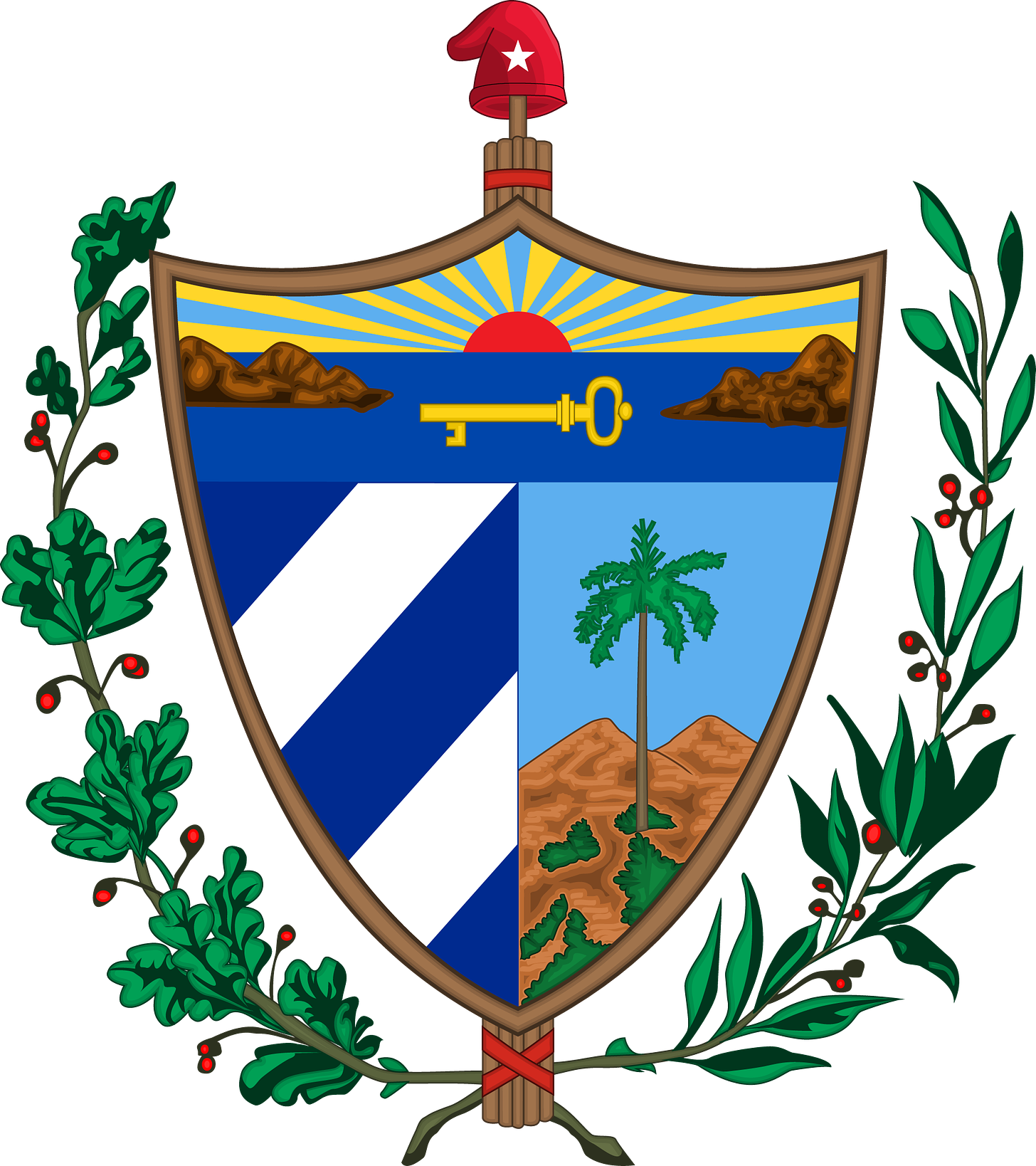









Share this post